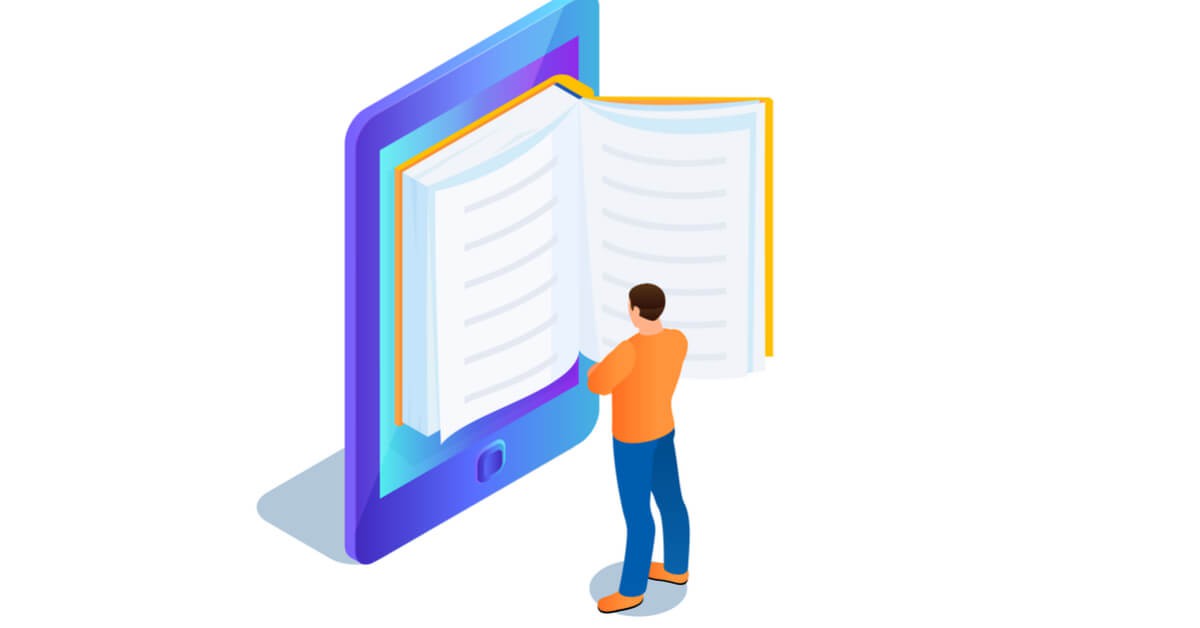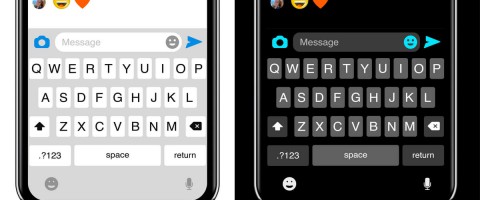The speed of information transfer has increased considerably with advances in technology. Though this is the case, our own retention of the information we consume has not increased. Even with terabytes of data storage (a unit of measure which I’m sure will date this piece) at our fingertips, we don’t seem to be comprehending information on any higher level than before. Could the medium by which we receive information be to blame? Can reading information digitally impact our level of comprehension versus reading it in print? In this piece, we’re going to look at the way reading digital print impacts our comprehension versus reading printed works.
We’re Now Information Skimmers
The amount of content on any given subject has exploded in past decades. In wake of this, we've acquired a new content-curation skill — the ability to skim-read. Unlike simply reading and comprehending whole pieces, modern digital readers have taught themselves to skim-read. The practice of skim-reading is simply reading the first line of a piece and then skimming for words or phrases that match may be desirable information. Even while reading this piece, there’s a good chance that you’ve skim-read your way to this point. With the ability to quickly search for new pieces of content and to scroll around on a page, this skim-read technique has greatly increased the speed of information acquisition. As a helpful as skim-reading is for quickly acquiring information, it has a huge downsize — deep reading comprehension.
Digital Reading Hurts Reading Comprehension...Kind Of
Various studies have been conducted to determine if reading comprehension is damaged by reading on screens or e-readers versus in print. The results have been mixed, to say the least. One idea that has stood out among researchers is that digital reading does handicap the “deep reading” abilities of the individual. Because their eyes and brains are trained to quickly locate seemingly desireable text, they lack practice in digesting longer texts and ideas. One of the most fascinating aspects of these studies is that we’re seeing a massive divide amongst readers — those who were educated analyzing print materials and those who learned largely through the use of screens. Yes, print learners tend to discover and learn concepts at a slower rate than that of their digitally-educated counterparts, but they’re more adept at learning and retaining larger ideas and amounts of information.
Rectifying The Learning Divide With Print
So far, this piece seems to paint a bleak image of a future society built by screen-skimmers with the comprehension abilities of goldfish. Yes, these types of learners may have to work harder at developing the ability to “deep read” to digest larger concepts, but it is possible. How? By the use of print. Though screen learning is a great tool for quickly finding the information you want to learn, learning the content in-depth is best learned through print sources. Some researchers recommend that early childhood education should begin with print resources and work in digital resources in as they go. A new style of educational curriculum is being developed that helps learners develop both spheres of the mind — quick information gathering as well as deep concept comprehension.






